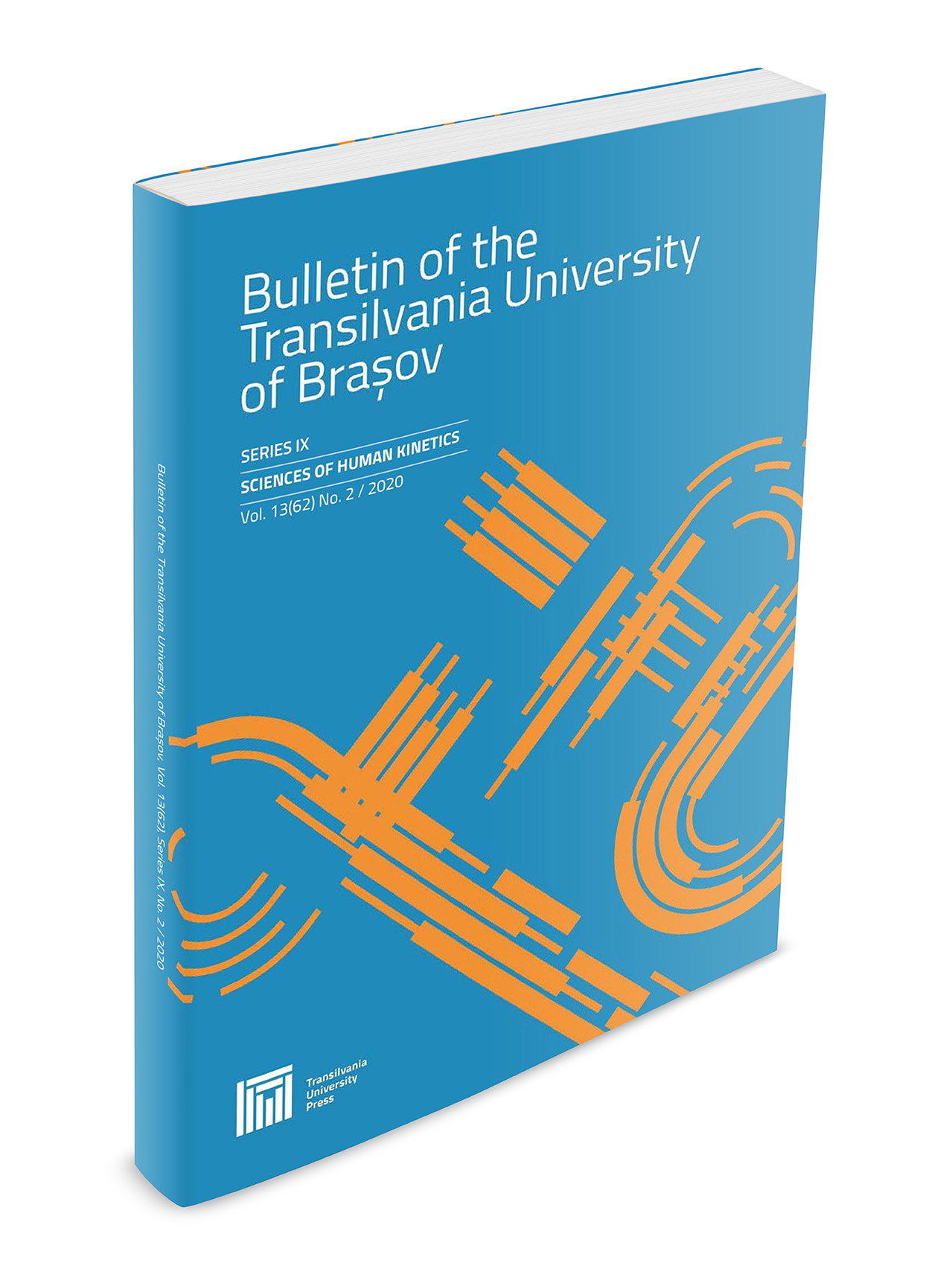The Effects of Modern Radiofrequency Therapies in the Acute Rehabilitation of Hamstring Strains
DOI:
https://doi.org/10.31926/but.shk.2021.14.63.1.27Keywords:
INDIBA, TECAR, athletes, flexibility, strengthAbstract
Hamstring strains are usually a result of a high mechanical stress produced by a quick extensive contraction or a violent stretch of the muscle group. This study aimed the effectiveness of INDIBA therapy (Group B) compared with the use of TECAR therapy (Group A). The first stage of rehabilitation represented first two weeks which were mainly based on the application of radiofrequency therapies to the posterior level of the thigh, progressive exercises and cryotherapy. Numeric Pain Rating Scale, manual muscle testing and range of motion had been used to evaluate the subjects, a significant advantage being shown for group B in the pain assessment.Downloads
Published
Issue
Section
License
Copyright (c) 2021 Bulletin of the Transilvania University of Braşov. Series IX: Sciences of Human Kinetics

This work is licensed under a Creative Commons Attribution 4.0 International License.





